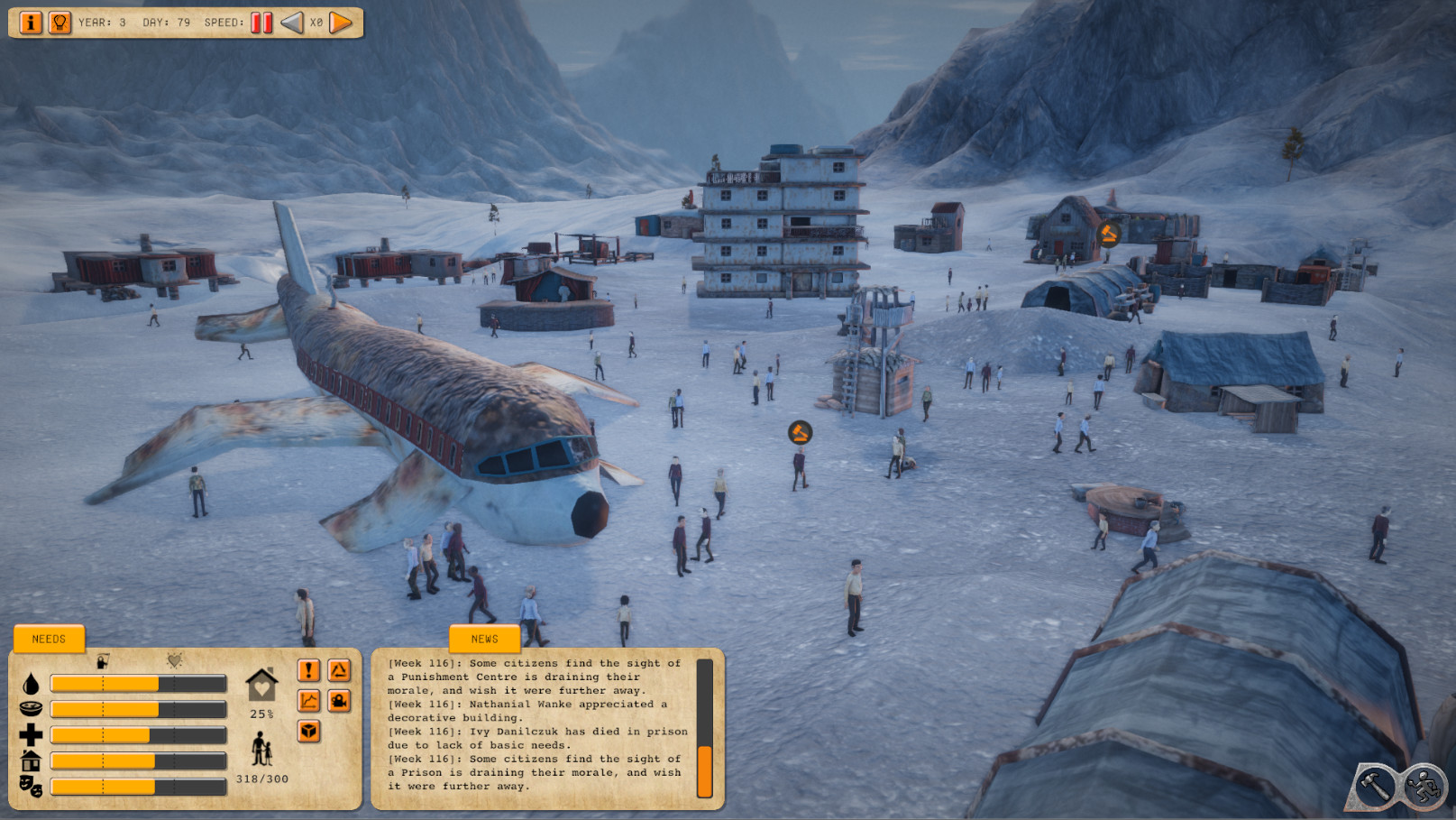
In 1902 Ernest Rutherford showed that radioactivity, as a spontaneous event emitting an alpha or beta particle from the nucleus, created a different element. In 1898 Samuel Prescott showed that radiation destroyed bacteria in food.

Radium was later used in medical treatment. Then in 1896 Pierre and Marie Curie gave the name 'radioactivity' to this phenomenon, and in 1898 isolated polonium and radium from the pitchblende. Villard found a third type of radiation from pitchblende: gamma rays, which were much the same as X-rays. He went on to demonstrate that this was due to beta radiation (electrons) and alpha particles (helium nuclei) being emitted. Then in 1896 Henri Becquerel found that pitchblende (an ore containing radium and uranium) caused a photographic plate to darken. Ionising radiation was discovered by Wilhelm Rontgen in 1895, by passing an electric current through an evacuated glass tube and producing continuous X-rays. Uranium was discovered in 1789 by Martin Klaproth, a German chemist, and named after the planet Uranus. Since 1956 the prime focus has been on the technological evolution of reliable nuclear power plants.




 0 kommentar(er)
0 kommentar(er)
